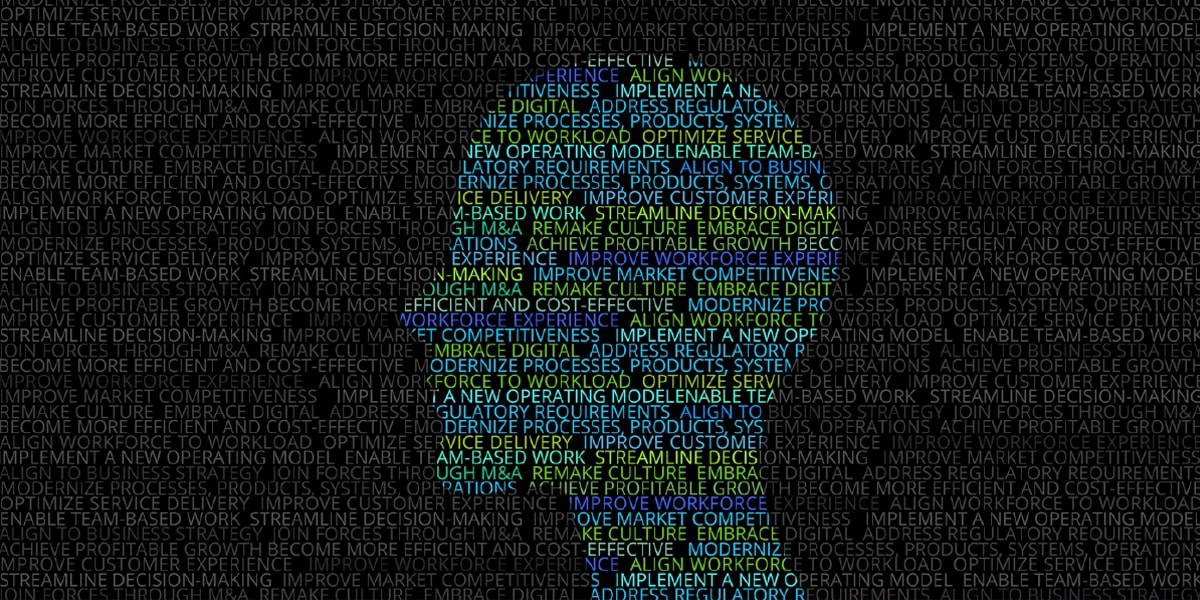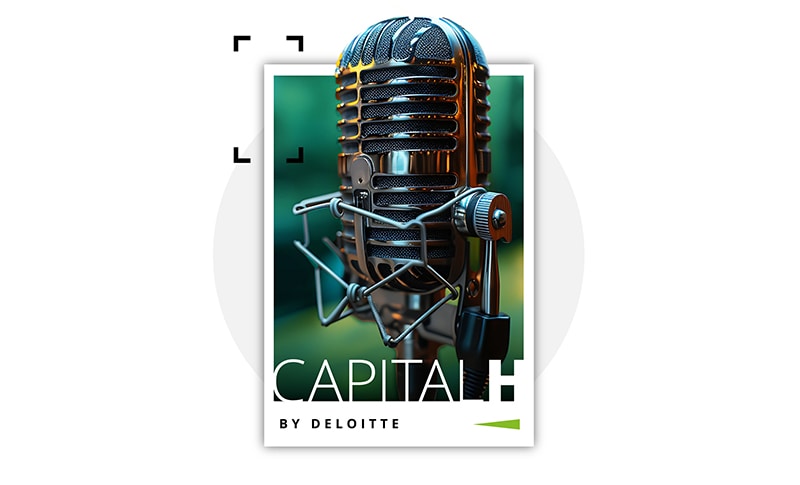Organization Transformation has been saved


Are you ready to achieve your change ambitions?
Every organization transformation is human at its core, but not every transformation journey has the same destination. Your strategic change priorities should align with your particular ambitions. And workers at all levels need to understand and buy into the reasons behind transformation and have the skills and capabilities to work in new ways. Deloitte’s Strategic Change Management Services help you focus on executing the right activities for your transformation ambitions, using state-of-the-art tools to design and deliver engaging, immersive, and strategic solutions. Through our assessment tools and frameworks, we help you articulate what you are seeking from your organization transformation, understand your aptitude for change, and create and execute a customized change program encompassing technology implementation, M&A, business process redesign, culture change, strategy shift, or workforce transformation.
Dig deeper: Strategic Change Management Services
Get in touch:
Lee Merovitz
US Leader | Change Services Practice


Are you ready to adapt your organization to thrive?
Organizations are being constantly challenged by change from new technologies to digital transformation and the move to a more environmentally conscious world. With Deloitte, you can envision, design, and transform your organization to not only survive disruption but also thrive. Whether you are looking to align your organization’s structure to business strategy, organizational performance, or cost and resource optimization, or to reach new customers in novel ways, our organization design practice has the capabilities and innovations to meet your needs.
We truly believe that in today’s world, designing and operating adaptable organizations is the new reality and winning formula for the next decade. We are market leaders in organizational design and strategy, shaping the very future of organizations by using innovative sources of data to provide insights to inform organization assessment, organization and role design, decision rights and governance, and workforce transition.
Dig deeper: Organizational Strategy, Design, and Transition
Get in touch:
Don Miller
US Leader| Organizational Strategy, Design, and Transition


Are you ready to drive results through culture?
With the amount of disruption today, culture is being re-examined as institutions and companies grapple with shifting ways of working as well as trust and psychological safety building in ever-changing markets. Now more than ever is the time to review culture. Whether you are modernizing, acquiring a new company, striving for efficiency, or growing into new markets, culture will either make or break your success. Spending time to assess your culture, including what will aid your goals or create barriers, is key to driving results. We define culture as how work gets done in an organization, identifying the levers around work, workforce, and workplace to help influence the change. Our assessment frameworks will aid you to take a test-and-learn approach to advancing your desired culture change. Our unique capabilities in behavioral science and our human-centered design approach for understanding the forces on culture will underpin your culture efforts, to align your workforce and realize higher long-term profitability.
Get in touch:
Michael Griffiths
US Leader | Organization Transformation


Are you ready to join forces?
M&A transactions are transformation opportunities for the new or combined organizations. These transactions enable organizations to achieve their strategic ambitions as well as ambitions tied to the workforce, workplace, and work itself. We collaborate with organizations at all stages of the M&A life cycle to help them understand culture transformation implications, optimize through organizational design, transition the workforce(s), and manage deal risks.
Dig deeper: M&A services
Get in touch:
Ami Louise Rich
Principal | M&A Consultative Services


Are you ready to meet the future today?
Disruption due to regulatory changes, financial pressures, technological advances, and evolving customer expectations isn’t slowing down or waiting for your organization to catch up. Deloitte can help you meet today’s needs—and the future—with confidence. We work with finance, actuarial, and risk functions to help life insurance companies, property & casualty insurance companies, health plans, and health care providers modernize their operations and manage actuarial costs and risks. Our Managed Actuarial Services provide flexible options to enhance your workforce and transform your actuarial capabilities, platforms, and infrastructure as you build for the future. We also help non-insurance companies save money and better manage the risk of their self-insured pools.
Dig deeper: Managed Actuarial Services
The Future of the Actuaries: The Exponential Actuary™
LDTI Impact on Insurance Accounting Standards | Deloitte US
Get in touch:
Matthew Clark
US Leader | Actuarial & Insurance Solutions


Are you ready to grow?
Retirement providers face multiple challenges in today’s market in the quest to achieve profitable growth. Customers expect more, while legacy technology and yesterday’s operating models stand in the way. New entrants in the market increase competition and add pressure to further compress already tight margins. Regulatory shifts and growth in litigation are ongoing concerns. At Deloitte, we understand what your industry and organization are up against, and we bring solutions to help you transform, grow, and thrive.
Dig deeper: Retirement and Wealth Consulting Services
Get in touch:
Scott Parker
US Leader| Retirement and Wealth Provider Transformation








